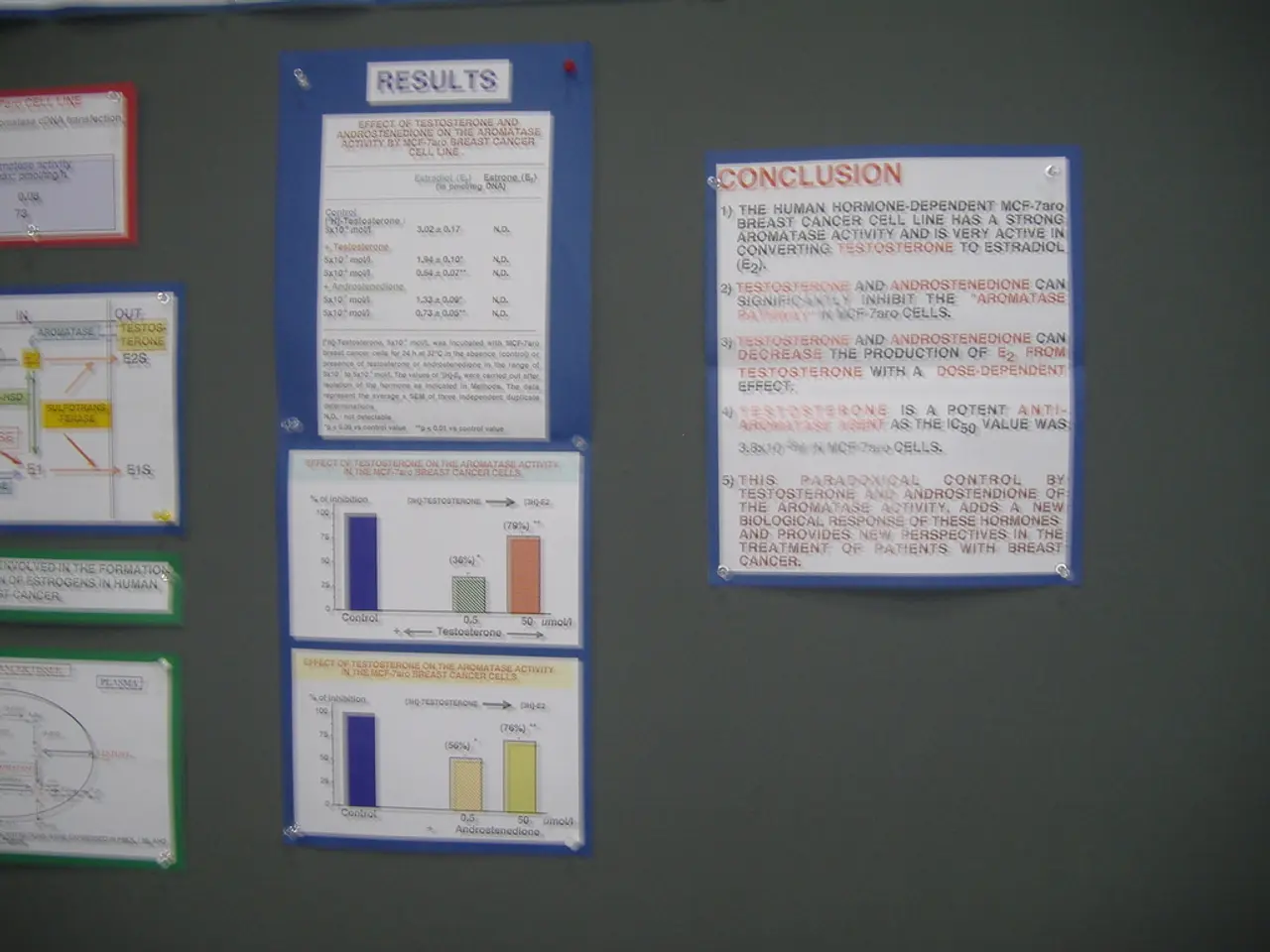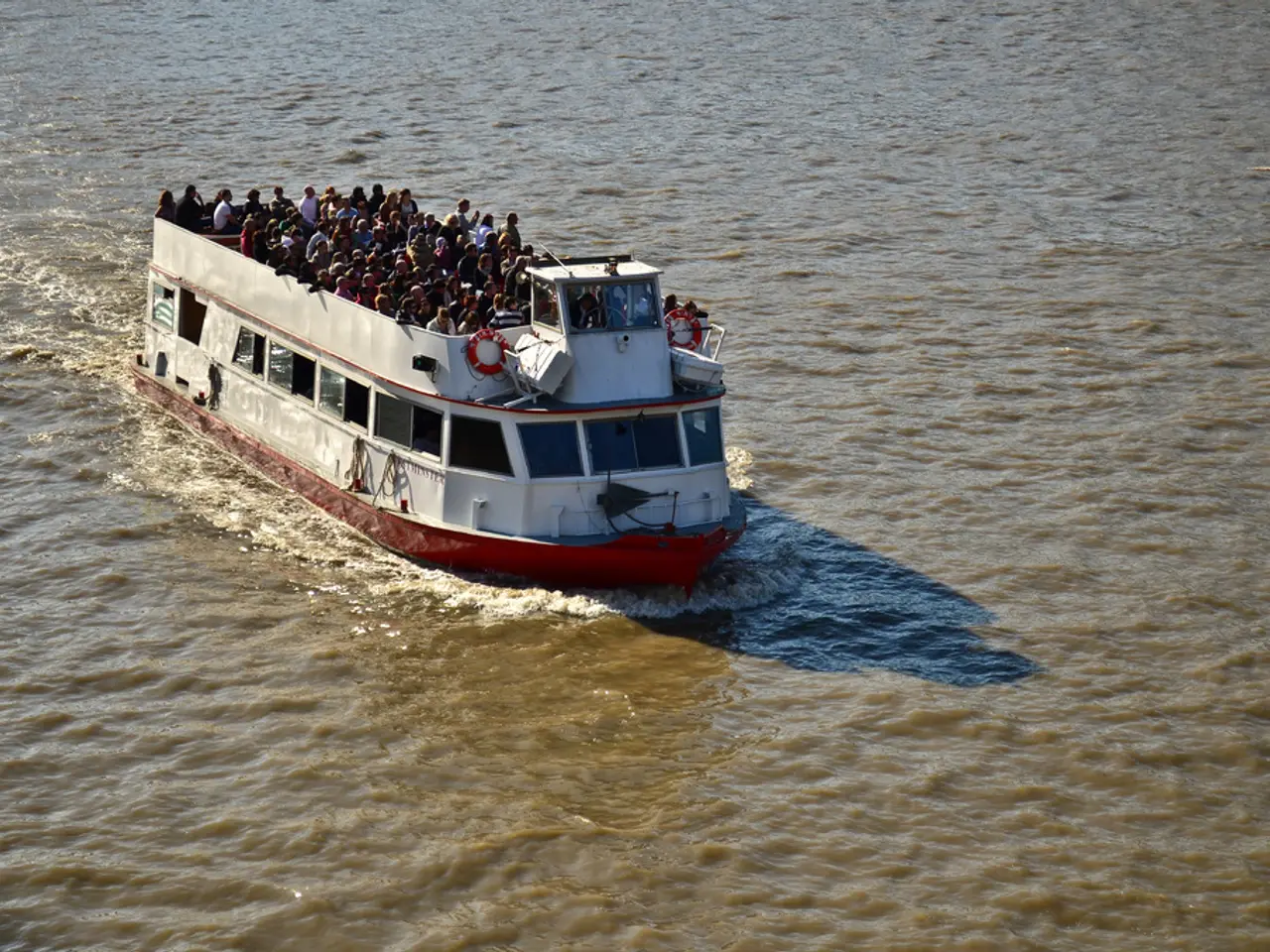Aid planes deliver supplies over Gaza Strip amid reports of Israeli gunfire resulting in at least 18 deaths
The humanitarian situation in Gaza remains dire, with over 2 million people fully dependent on food assistance amid a severe food scarcity crisis bordering on famine.
A coalition of nations, led by Jordan, Germany, France, Spain, Italy, and the Netherlands, have taken action to alleviate this crisis. Aid has been dropped from European countries and beyond into Gaza, with France stating that the first French aid drop of several tonnes of food occurred on Friday. Spain dropped 12 tonnes of aid deployed in 22 parachutes, while Germany dropped 14 tonnes of food and medical aid.
However, aid delivery is severely limited by multiple factors. Only two border crossings are operational for aid trucks, creating bottlenecks that restrict the volume of aid entering Gaza. Trucks often experience delays up to 46 hours awaiting clearance, and necessary travel through damaged roads and checkpoints extends delivery times up to 12 hours. Despite these challenges, aid agencies like the World Food Programme (WFP) have managed to send hundreds of truckloads since late May 2025, but this is only about half the number they requested, and far below what is needed to meet the critical demand.
Restrictions on humanitarian access are compounded by the ongoing hostilities and security concerns, limiting consistent, predictable, and safe delivery of aid. Humanitarian organizations warn that partial aid schemes enforced by Israeli authorities risk forced displacement and restrict vulnerable populations’ access, while activists call for opening all viable land crossings at scale with rapid screening to enable adequate aid flow. A ceasefire remains critical to enable safe corridors and expanded access.
The situation in Gaza is a catastrophic humanitarian crisis with mounting evidence of widespread starvation and destruction of 70% of Gaza’s infrastructure. Hospitals are overwhelmed, safe areas are less than 12% of Gaza’s territory, and projections estimate catastrophic food insecurity (IPC Phase 5) affecting up to half a million people by September 2025.
Amidst this crisis, Israel's military did not respond to questions about the strikes or deaths near the aid sites. Meanwhile, families of Israeli hostages held in Gaza and their supporters protested in Tel Aviv for their release. Hunger has grown in Gaza during the past 22 months of war between Israel and Hamas, with another strike hitting a tent near a closed prison in Khan Younis, killing a mother and her daughter.
The EU and Arab League continue to support a two-state solution and urge Hamas to disarm. US President Donald Trump's special envoy to the region, Steve Witkoff, joined the protest. The GHF media office denies any violence or incidents at their aid sites.
As the crisis continues, the international community must work together to ensure safe and effective aid delivery to the people of Gaza, and a lasting solution to the conflict that has caused so much suffering.
[1] World Food Programme. (n.d.). Gaza Crisis. Retrieved from https://www.wfp.org/emergencies/gaza-crisis
[2] UN OCHA. (2025). Gaza Crisis: Humanitarian Situation Report No. 12. Retrieved from https://ochaopt.org/content/gaza-crisis-humanitarian-situation-report-no-12
[3] UN OCHA. (2025). Gaza Crisis: Humanitarian Response Plan 2025. Retrieved from https://ochaopt.org/content/gaza-crisis-humanitarian-response-plan-2025
[4] UNICEF. (2025). Gaza Crisis: Children in Crisis. Retrieved from https://www.unicef.org/emerg/emergencies/gaza_crisis_children_in_crisis.html
- The ongoing war-and-conflicts between Israel and Hamas, highlighted by the latest strike hitting a tent near a closed prison in Khan Younis, have exacerbated the politics surrounding the Gaza crisis, with the international community calling for a ceasefire to ensure safe corridors and expanded humanitarian aid.
- Amidst the general-news of mounting evidence of widespread starvation and destruction of 70% of Gaza's infrastructure, humanitarian agencies like the World Food Programme (WFP) are urging for the lifting of restrictions on humanitarian access, warning that partial aid schemes and limited operational border crossings risk forcing displacement and restricting vulnerable populations' access to essential aid.








